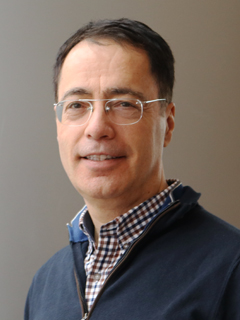HOW CAN WE HELP YOU? Call 1-800-TRY-CHOP
OT-58 for Homocystinuria
This study is now recruiting.
This research study is focused on patients who have Cystathionine beta synthase deficiency Homocystinuria (CBSDH). The purpose of this study is to test the safety and tolerability of an investigational drug called OT-58 (the study drug). An “investigational drug” is a drug that is being tested and is not approved by the U.S. Food and Drug Administration (FDA). Specifically, this study will measure how much OT-58 gets into the blood stream, how long it takes the body to get rid of it, and whether it reduces the amount of homocysteine in your blood.
Who Do I Contact?
If you are interested in participating in the study or want to learn more please contact our study team at fultonme [at] chop.edu or 267-388-2755.
Eligibility & Criteria
Visit Criteria
If you agree to take part, your participation will last for up to 3 years. The number of required study visits to CHOP depends on which group you are in. There are two parts to the study: Part A and Part B.
- Part A involves 6 weeks of study drug doses. The first and last day of study drug dosing require you to stay overnight at CHOP. You will be admitted on the day of dosing, and you will stay for approximately 24 hours (overnight stay).
- Part B: If your homocystinuria does not get worse and you do not have any bad side effects, you will be able to begin Part B. In Part B you will continue to receive the treatment and dose you received in Part A. If you are in one of the early dose groups and the dose of study drug does not give a strong enough response, your dose and dose frequency may be increased.
